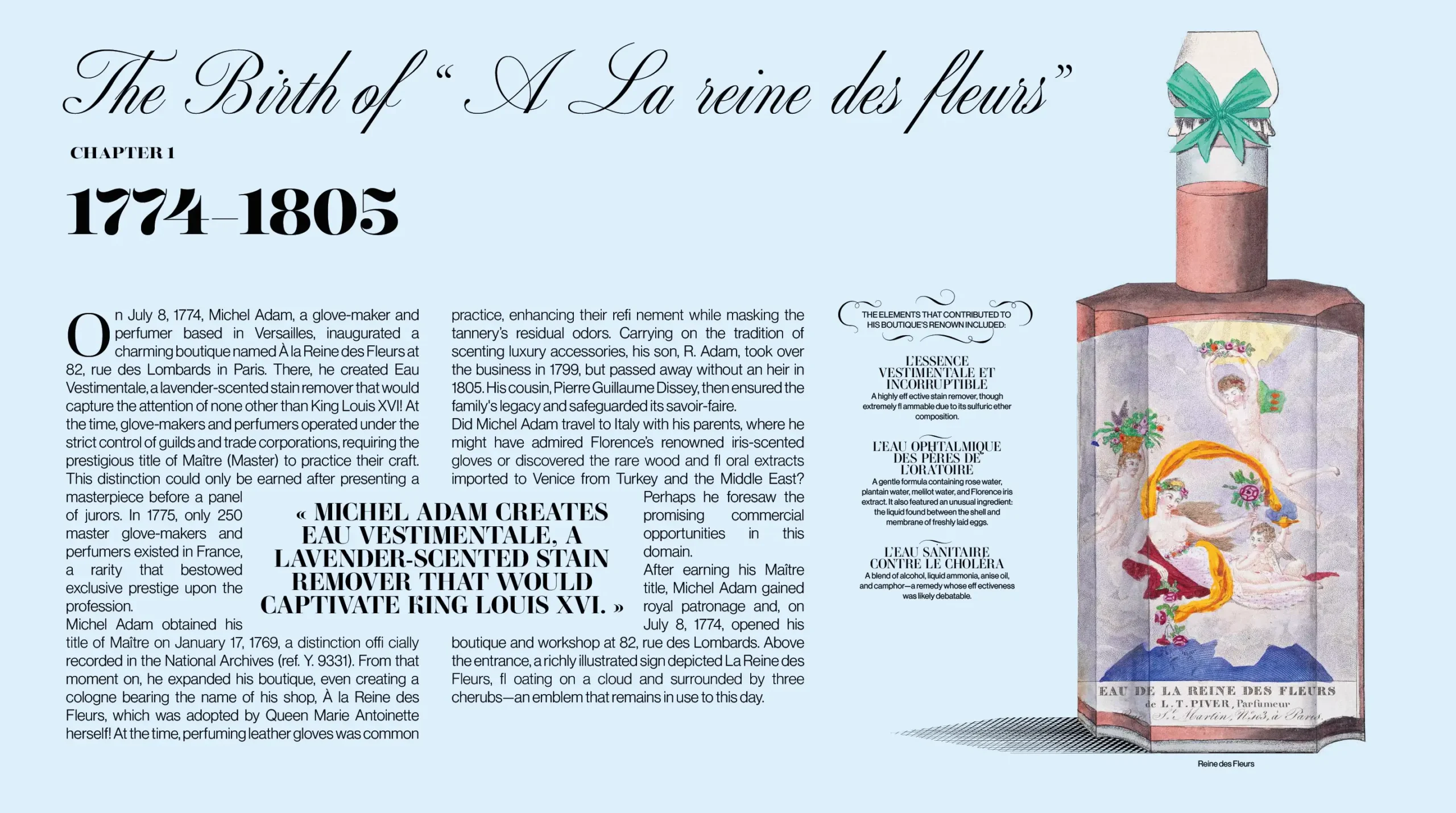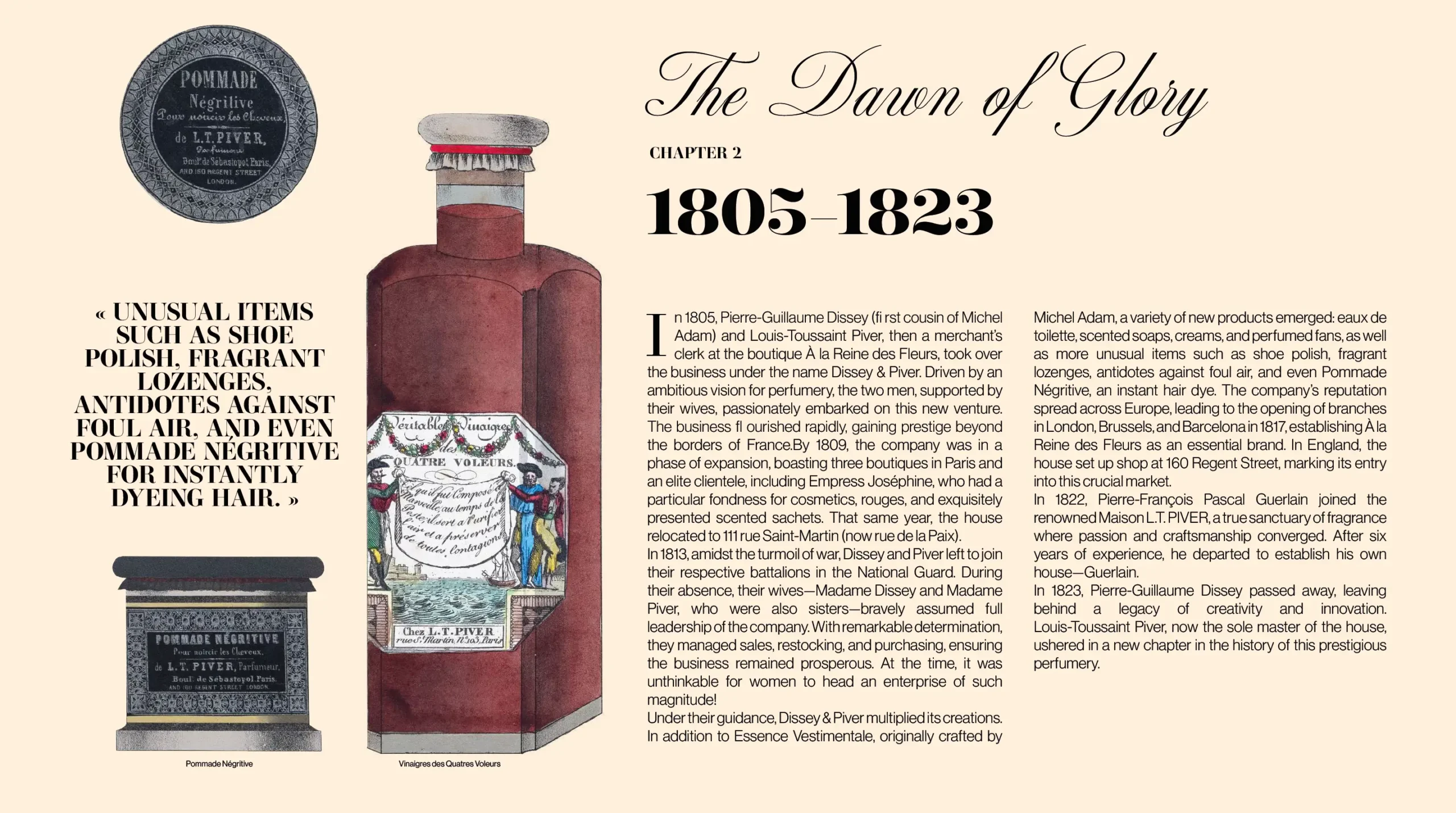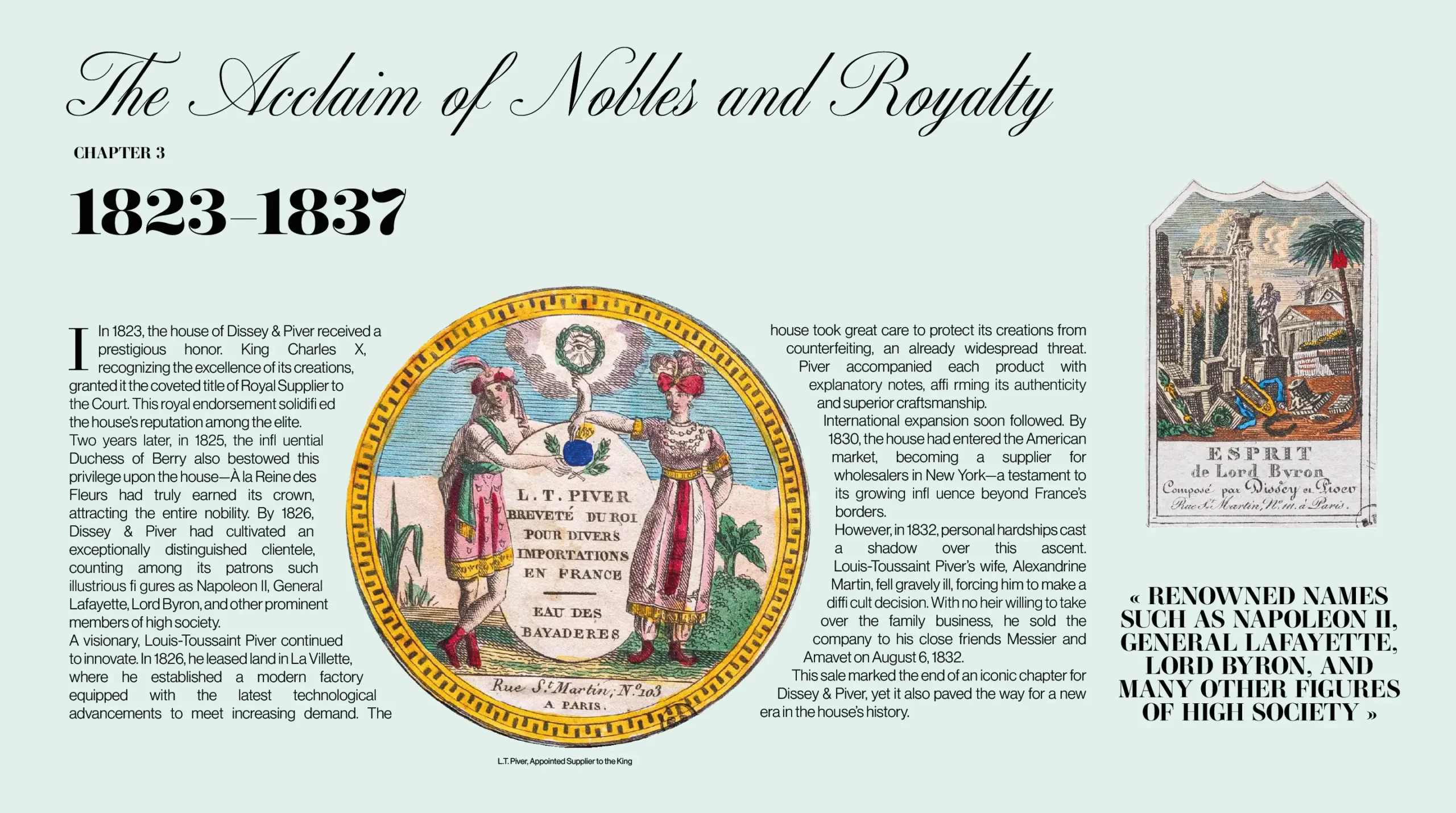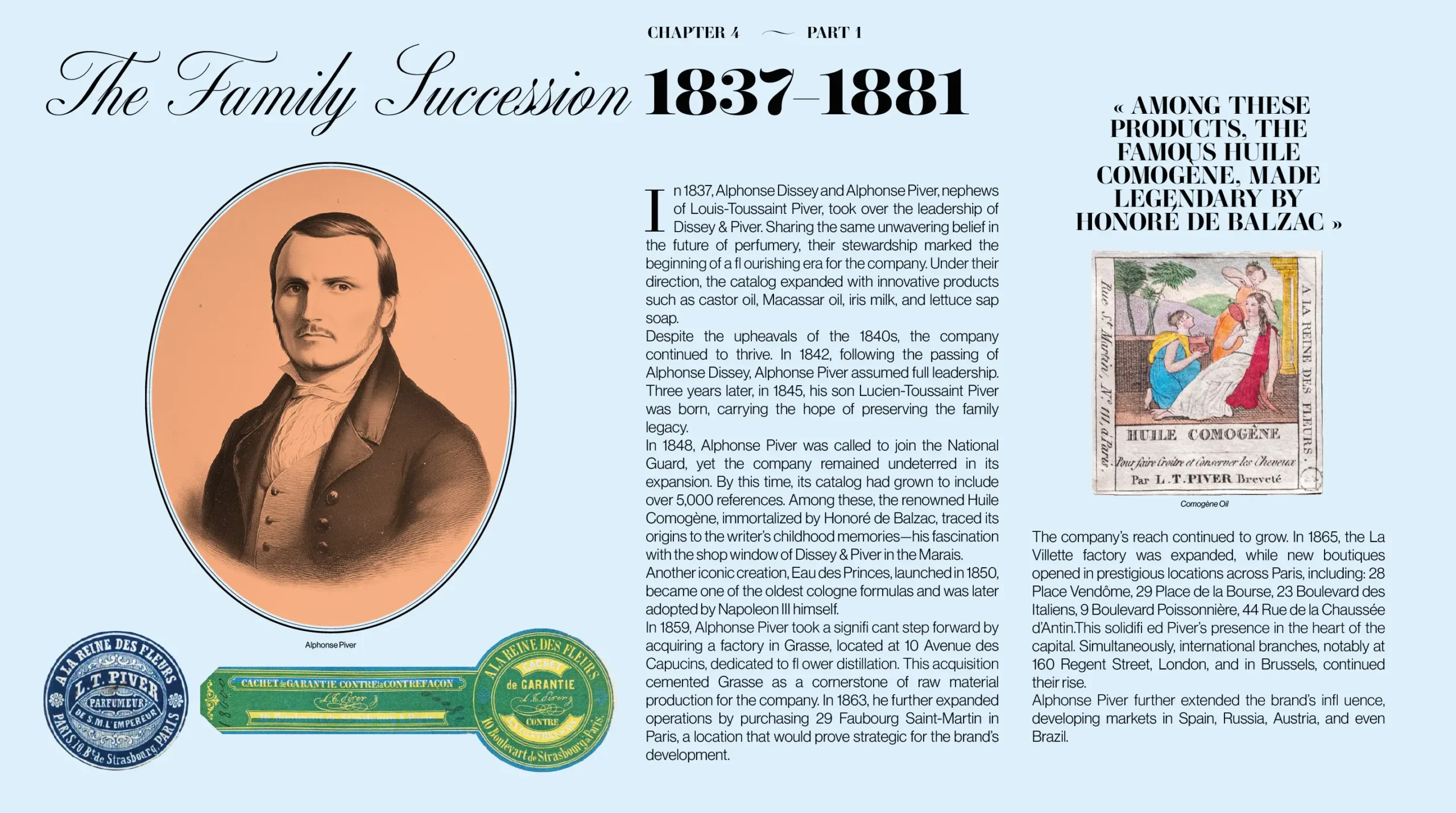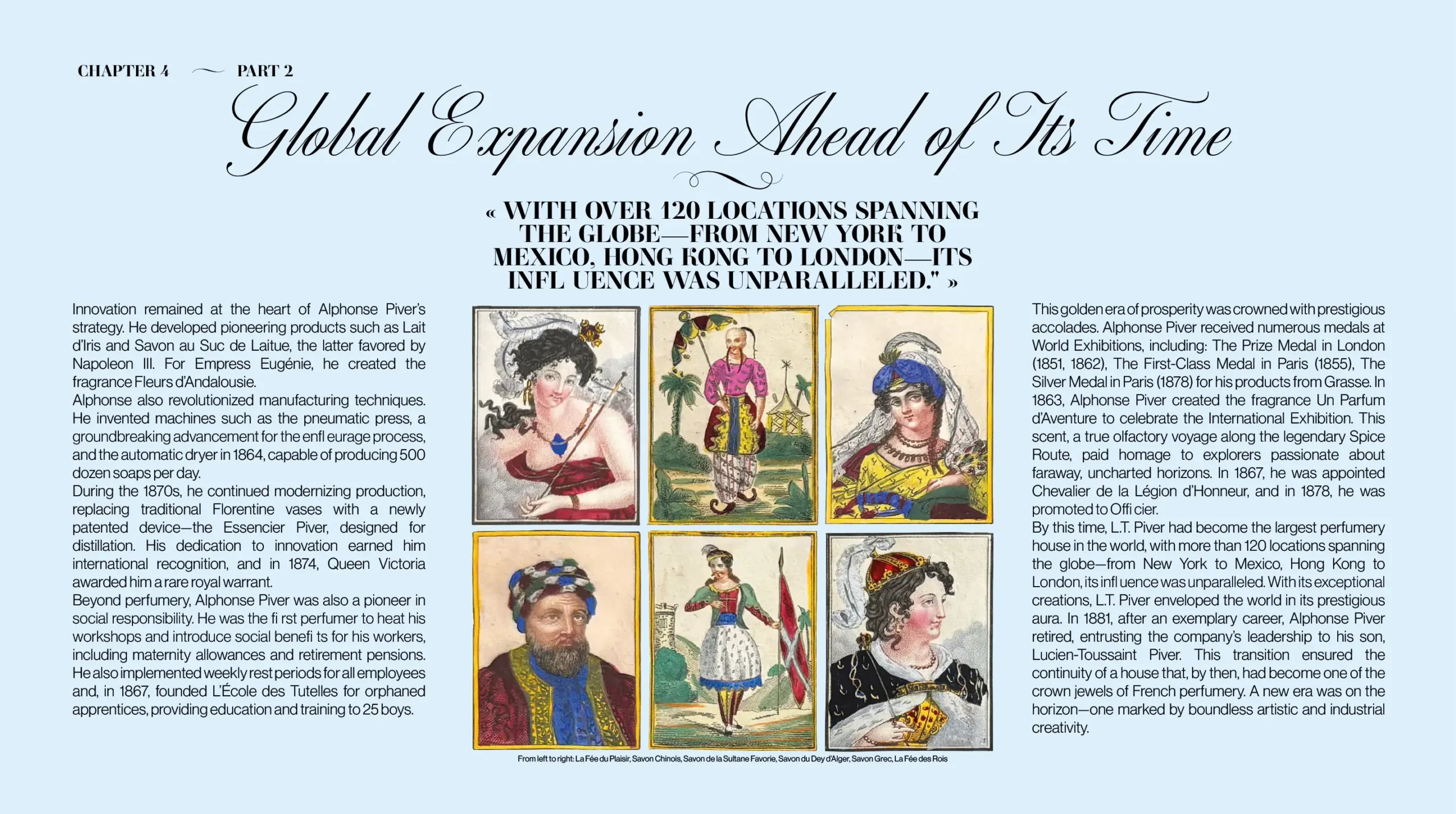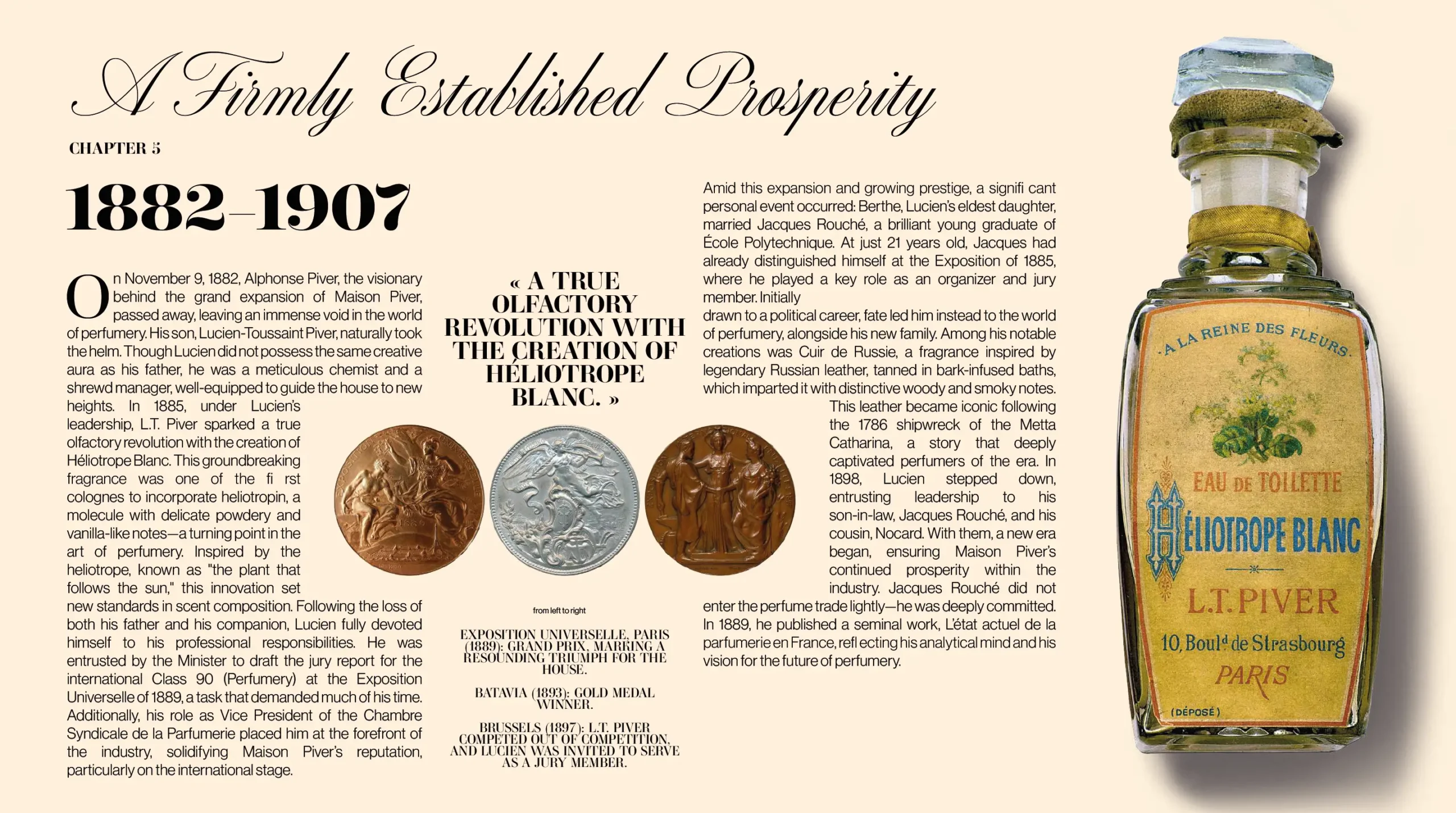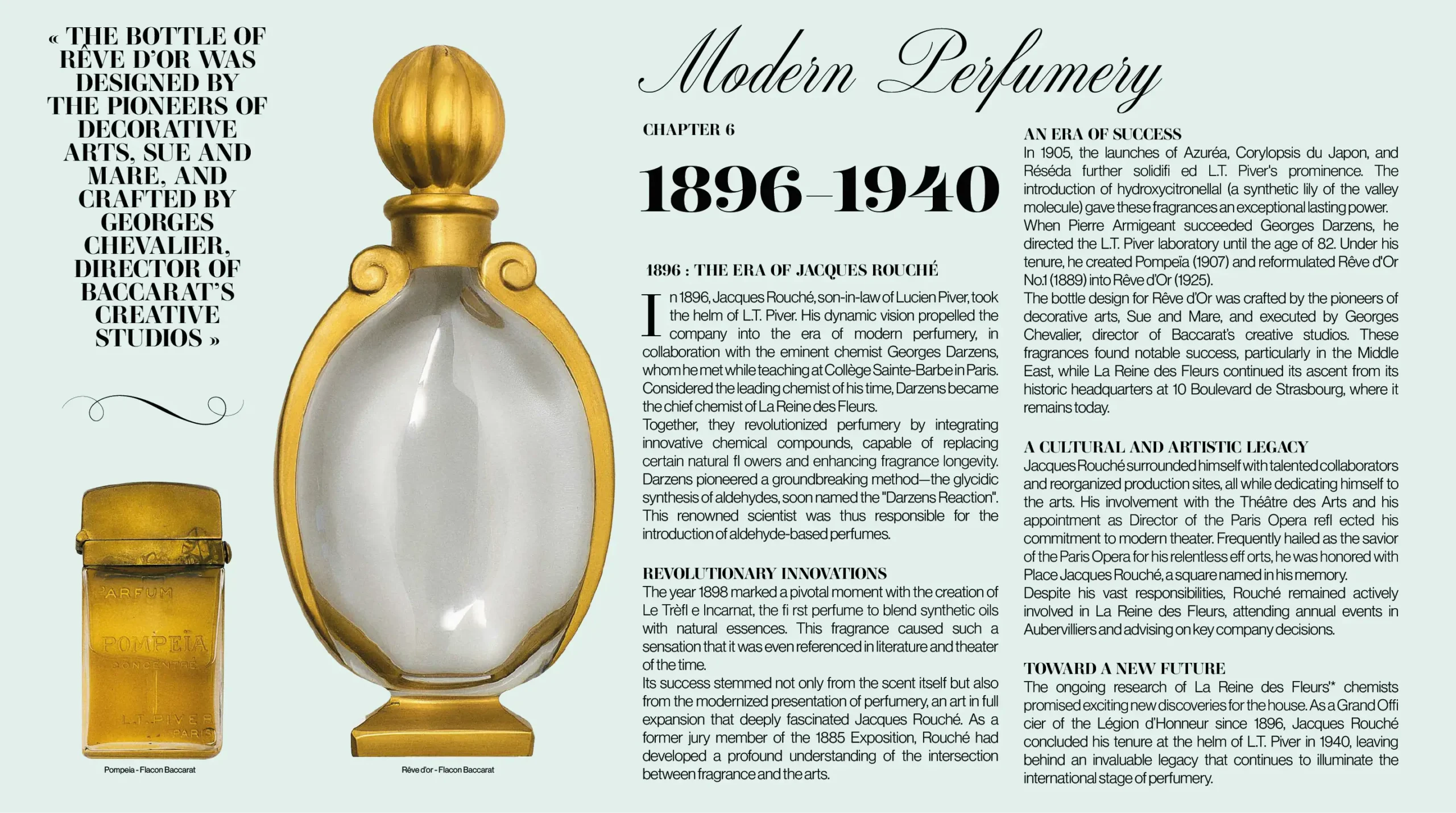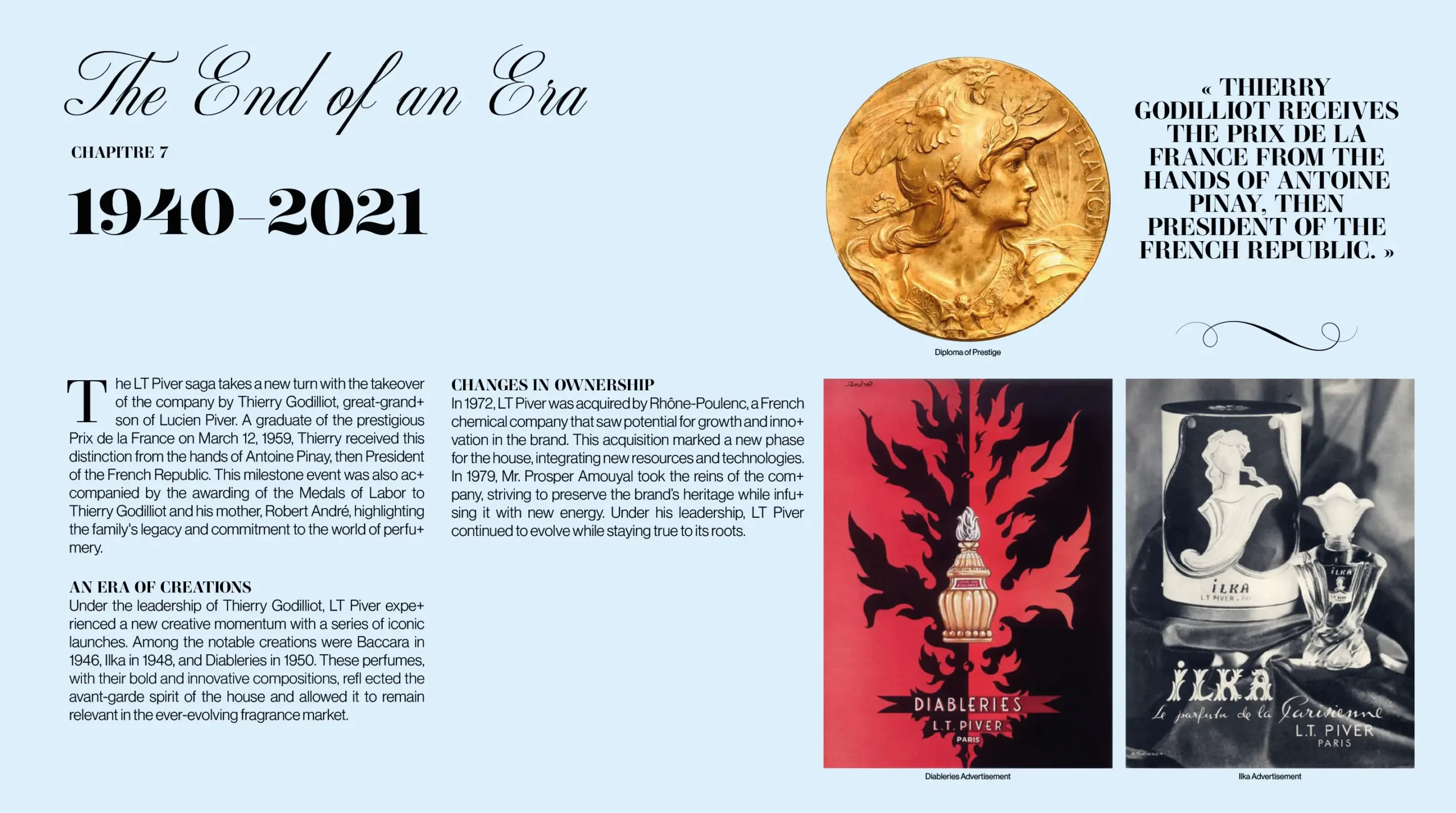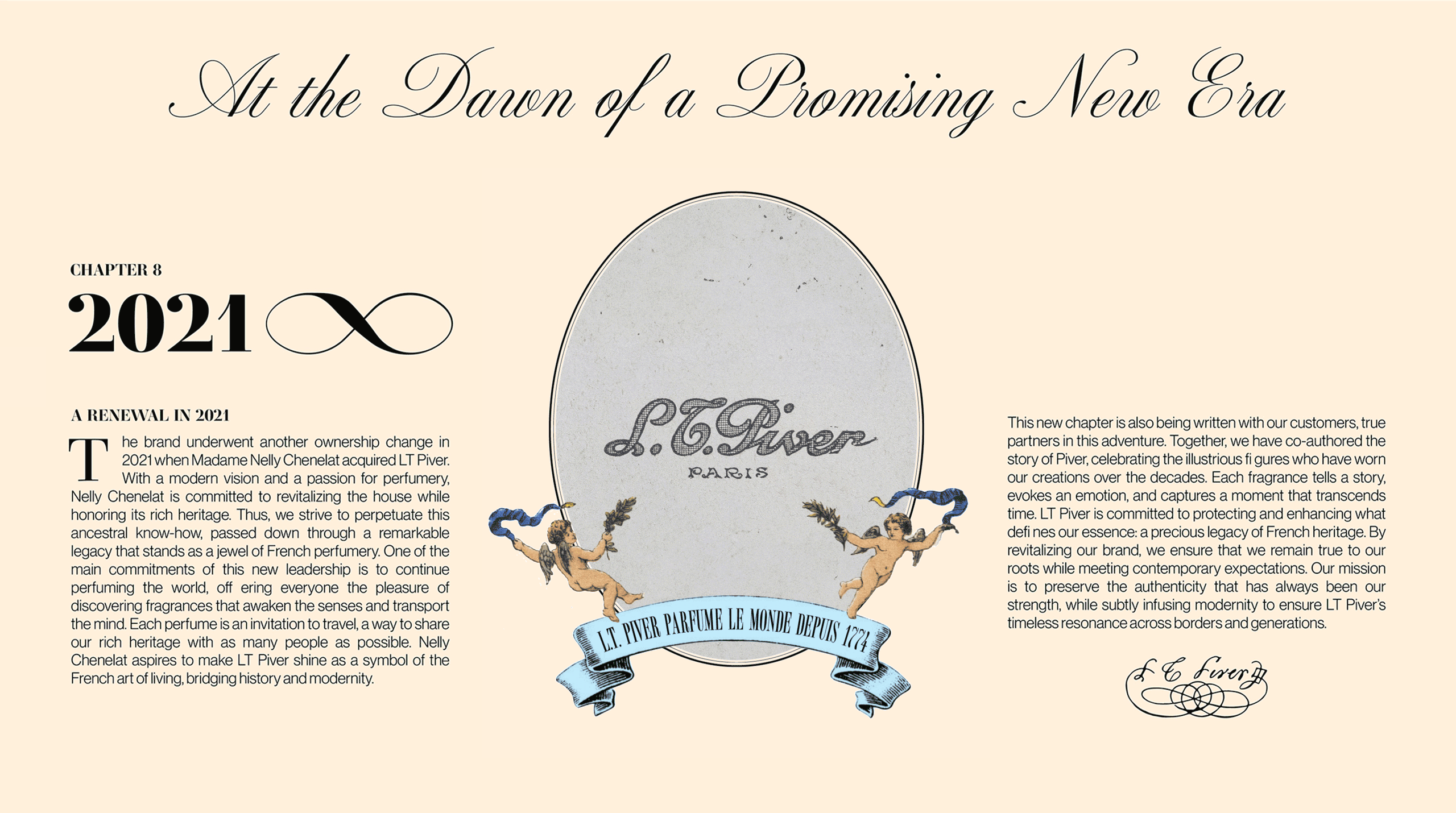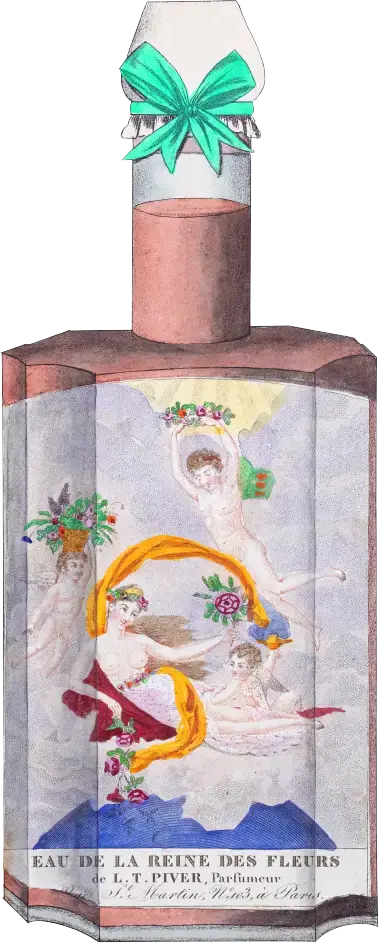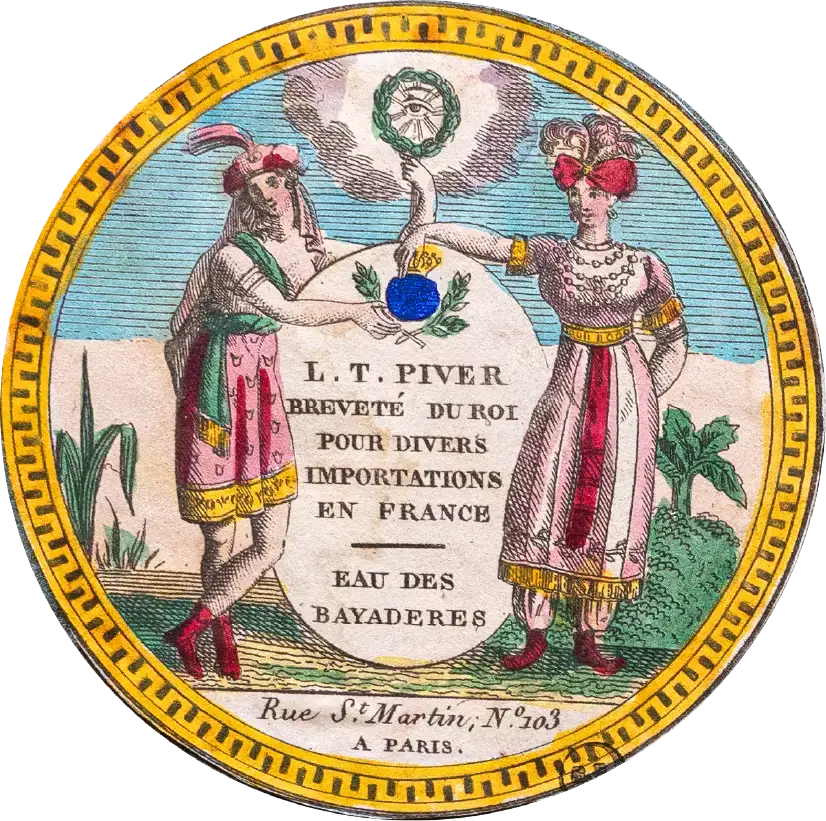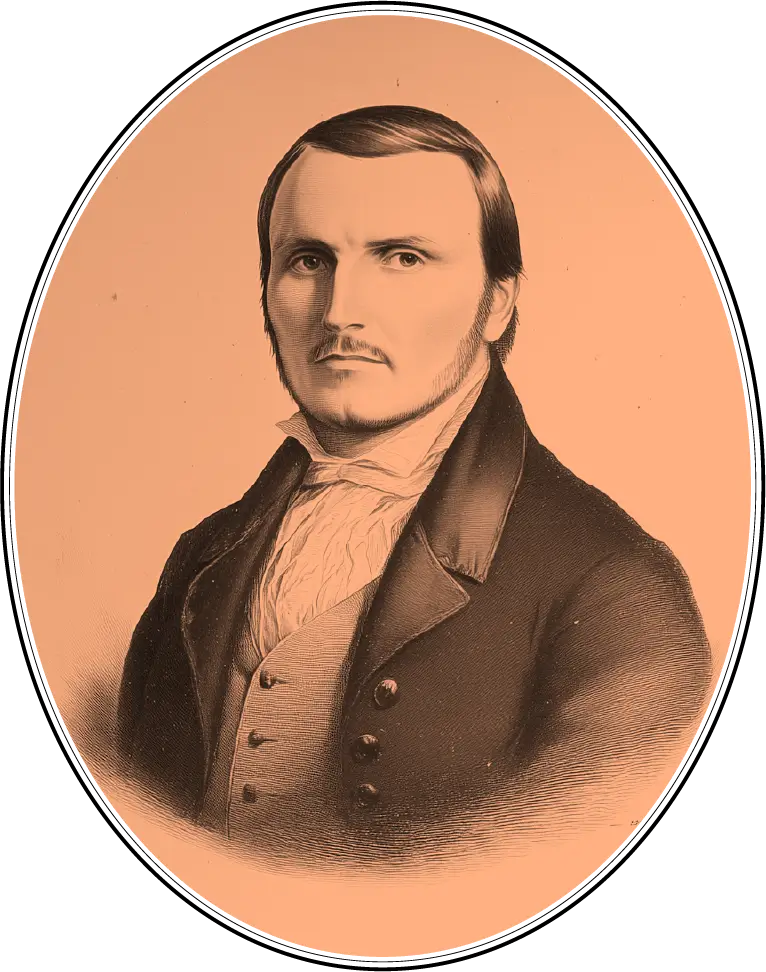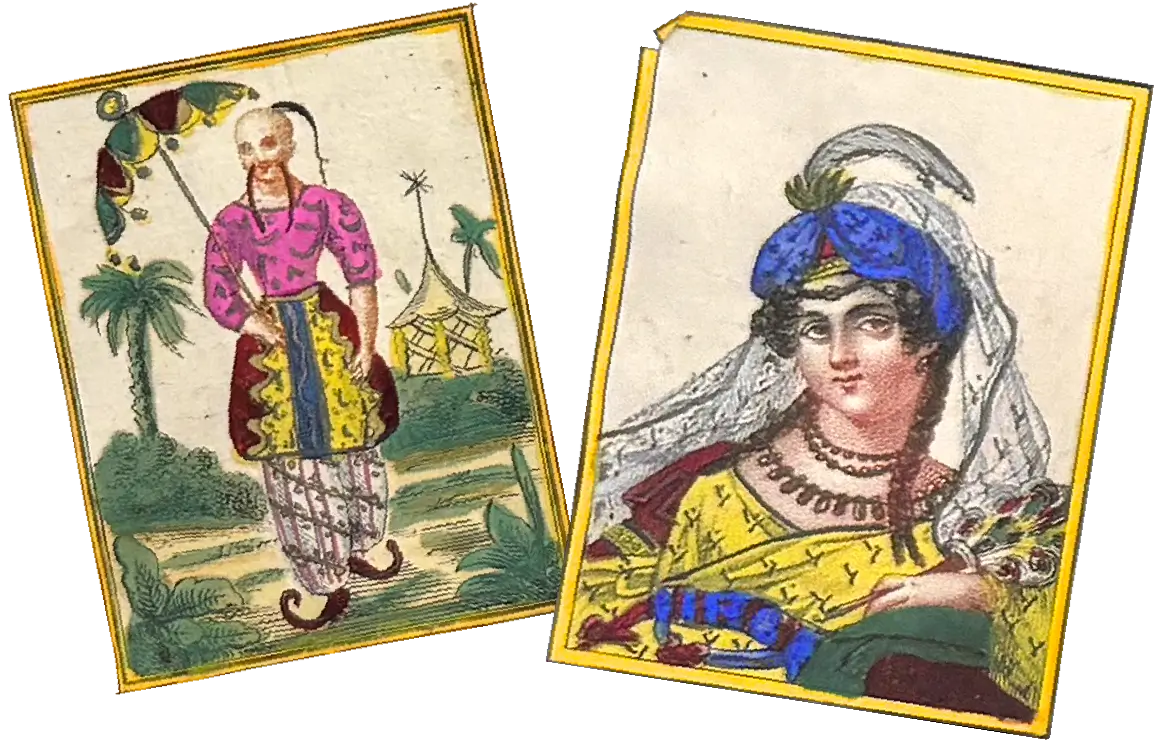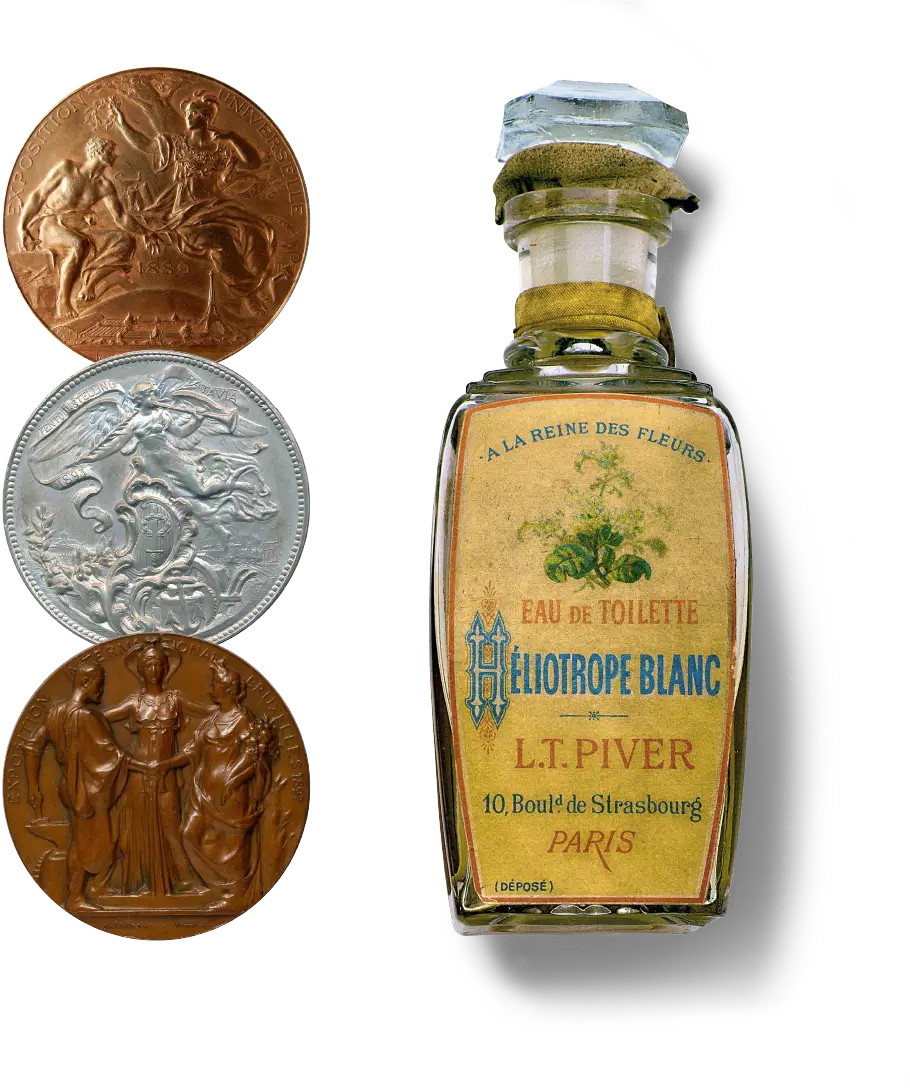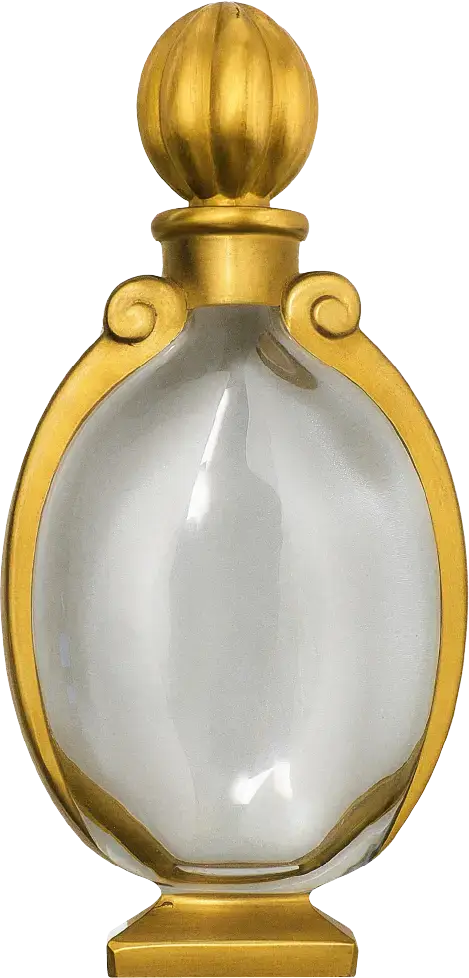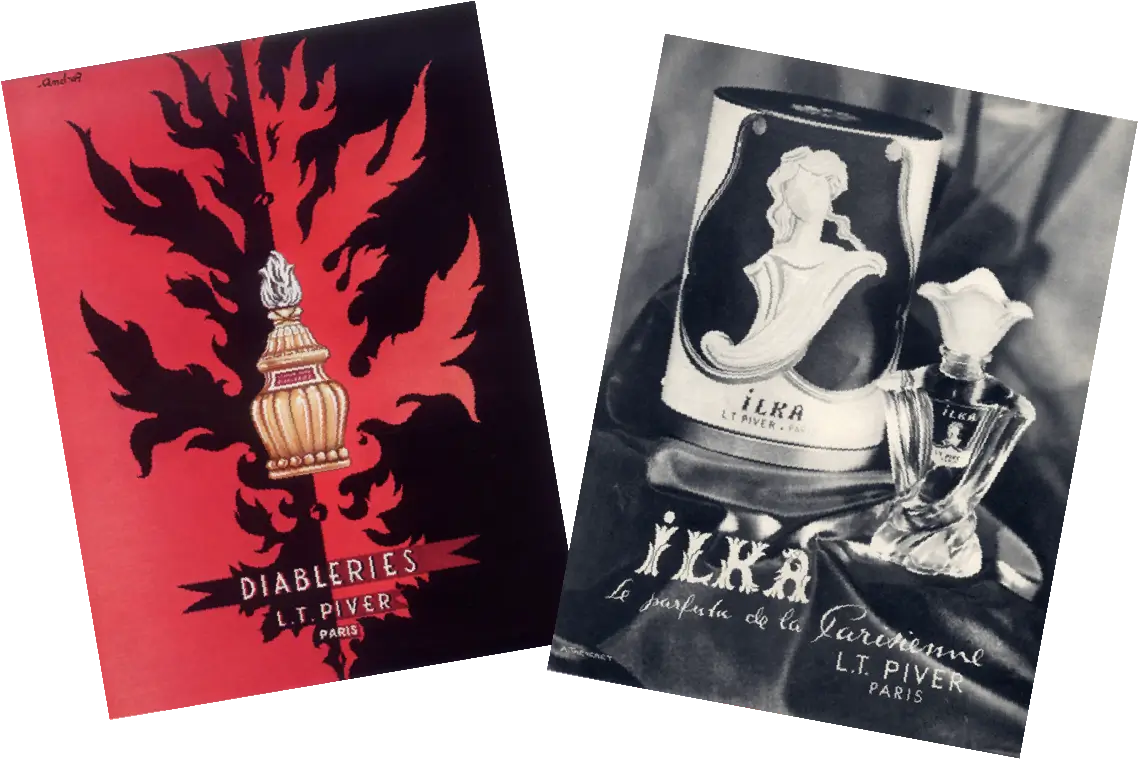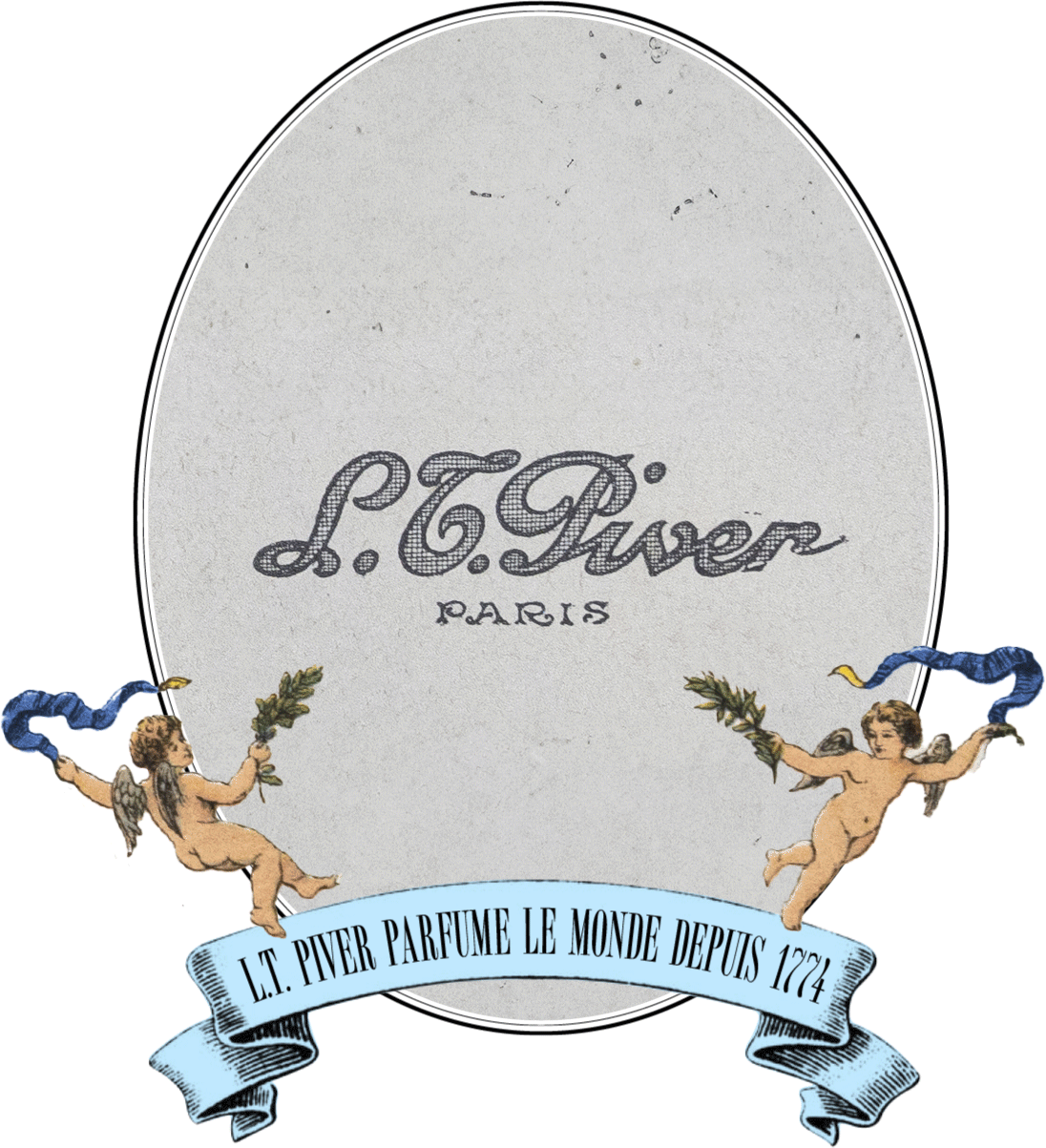On July 8, 1774, Michel Adam, a glove-maker and perfumer based in Versailles, inaugurated a charming boutique named À la Reine des Fleurs at 82, rue des Lombards in Paris. There, he created Eau Vestimentale, a lavender-scented stain remover that would capture the attention of none other than King Louis XVI! At the time, glove-makers and perfumers operated under the strict control of guilds and trade corporations, requiring the prestigious title of Maître (Master) to practice their craft. This distinction could only be earned after presenting a masterpiece before a panel of jurors. In 1775, only 250 master glove-makers and perfumers existed in France, a rarity that bestowed exclusive prestige upon the profession.
Michel Adam obtained his title of Maître on January 17, 1769, a distinction officially recorded in the National Archives (ref. Y. 9331). From that moment on, he expanded his boutique, even creating a cologne bearing the name of his shop, À la Reine des Fleurs, which was adopted by Queen Marie Antoinette herself! At the time, perfuming leather gloves was common practice, enhancing their refinement while masking the tannery’s residual odors.

